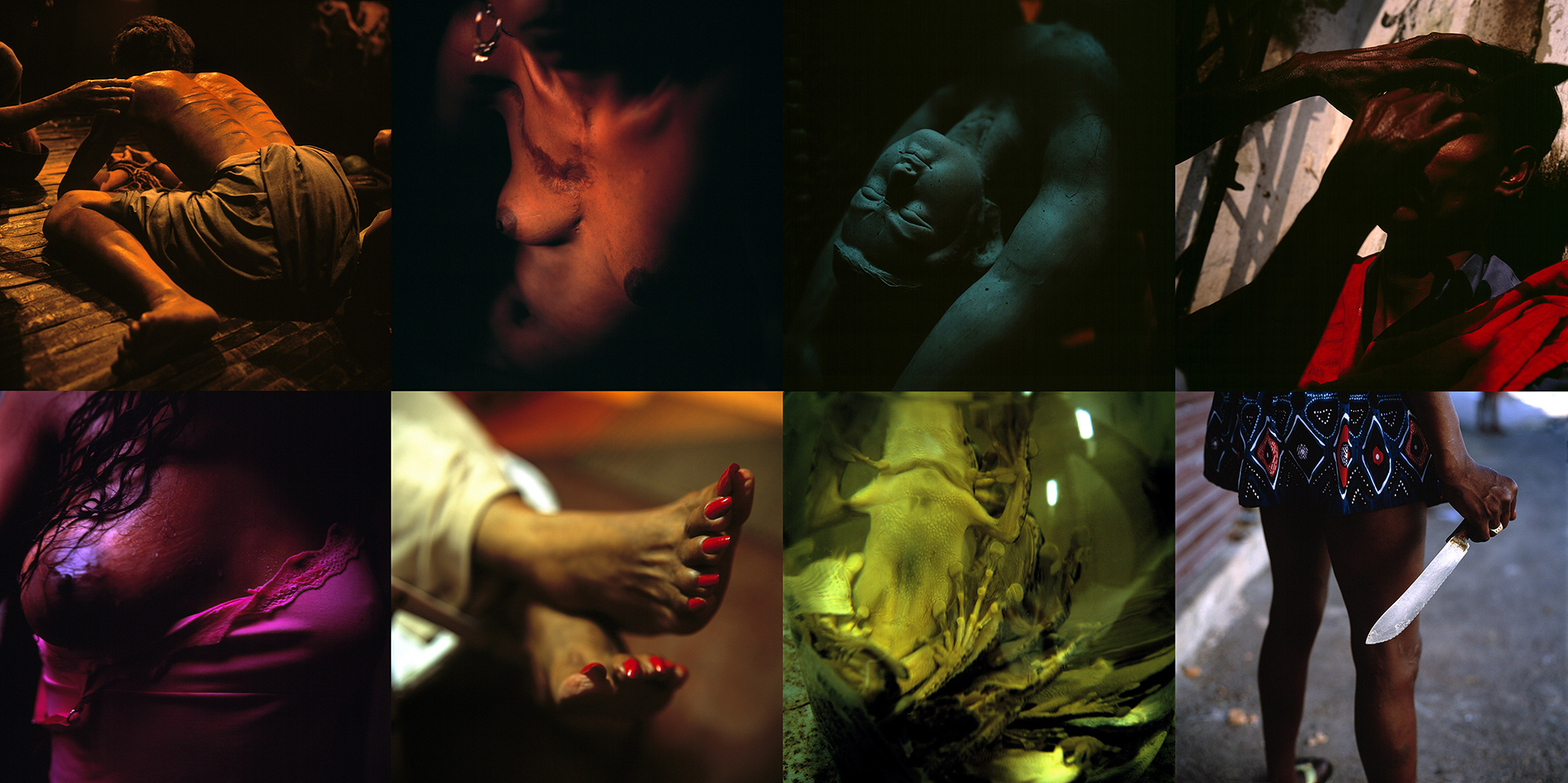
Something quietly emerges at every moment throughout these images: ghosts halfway between sex and death; fragments of seduction that wander in-between lost worlds.
Sexuality is something transparent, smoky and elusive under our fingertips. But how does one define sexuality in a place where the body is everything – not only material but also consumable? And here sexuality becomes all but ghostly, the way it has always been in Japanese tales: from another world, but yet somwhere here near us. These images supercede the passage of time, reaching beyond notions specific to any particular time or era.
The interesting thing in the creative process — in the artistic process — resides in the reaffirmation of the artist’s individuality. This is increasingly difficult in a world dominated by advertising, publicity and marketing. It is progressively more rare to see true creativity in an artist’s work. Everything is business; nothing is personal. In Kitamura’s images, on the contrary, it’s all personal, lived and felt. Everything is personal. This constitutes an important departure from what we typically see today, where the photographic image is becoming technically more distant from what was photographed.
In art, what counts is the soul and not the theme. In Kitamura’s works the themes are diluted and mixed. Here we do not get stuck anywhere, nor to a specific moment in time; we move on to another phase. A phase that brings us to another space, another world, a limbo.
Here, what appear as skin, fingers, breasts, sexes, and clothes are tranformed into masks, gifts, lights and Bahia sweat by this young Japanese artist who one day came to Salvador.
Miguel Rio Branco
Hirosuke Kitamura was born in Osaka, Japan, in 1967. Raised in Bangkok, Thailand, he was fluent in the Thai language, which he no longer remembers. He trained six days a week in a boxing gym in order to become a professional boxer, but had to give up his dream as his left eye was injured during a fight. In 1990, after graduating in Literature from the Kyoto University of Foreign Studies, he came to Salvador through an exchange program and worked in a bank as an intern. He taught Japanese at a university just because he could speak Japanese. In 1995, Kitamura took a crash course in photography and began photographing with a Nikon FM2. In Bahia, he is known as Oske or China.